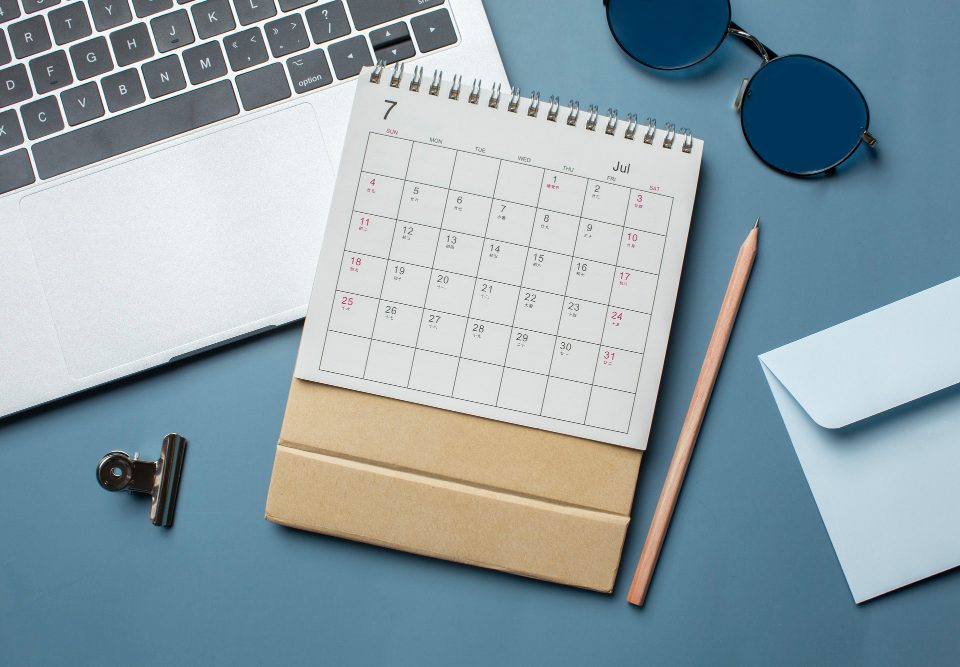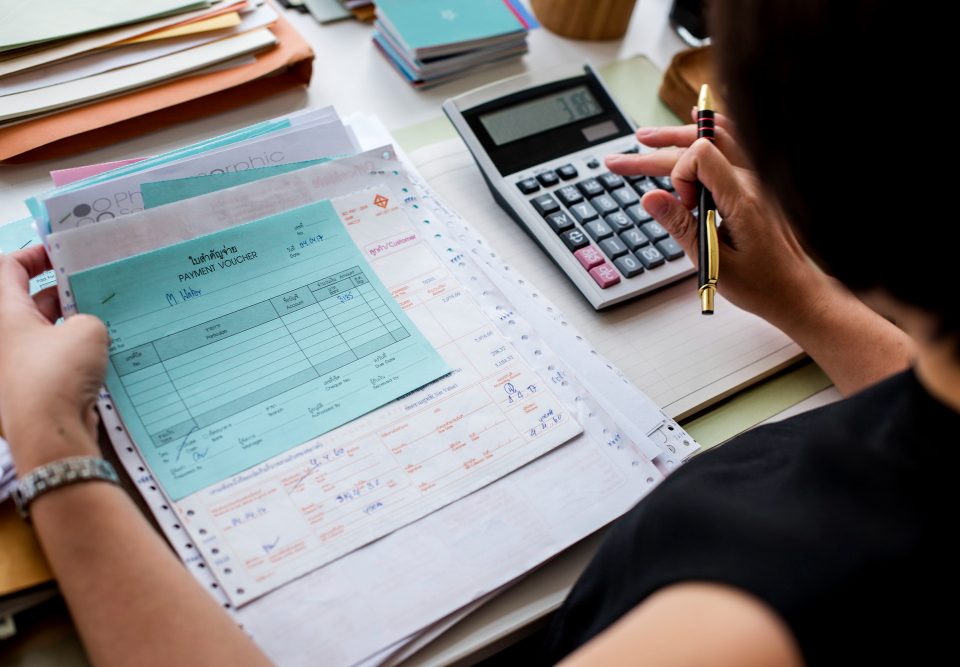The UK tax system is undergoing a major transformation, and at the heart of this change is Making Tax Digital (MTD). HMRC’s goal is to simplify tax reporting, reduce errors, and ensure individuals and businesses keep accurate records. As MTD for VAT is already in place, we’re shifting the spotlight to MTD for Income Tax Self Assessment (ITSA) to tell you everything you need to know. If you’re self-employed and/or a landlord, consider this your perfect guide to understand what MTD means for you and how best to prepare.
What Is MTD for Income Tax?
Making Tax Digital for Income Tax is a government initiative aimed at digitising the way individuals report their income tax. Instead of submitting one annual Self-Assessment tax return, those affected will need to use digital software for the following:
- Keep detailed records of income and expenses
- Submit quarterly updates to HMRC throughout the tax year
- Finalise their tax with an End of Period Statement and a Final Declaration
This new approach is designed to increase efficiency and accuracy in the tax reporting process. By requiring more regular updates and digital record-keeping, HMRC aims to reduce common errors and provide taxpayers with a clearer view of their tax obligations throughout the year.
So, what’s the timeline for MTD for Income Tax?
As of April 2026, MTD becomes mandatory for individuals earning over £50,000 annually from self-employment and/or property. From April 2027, that threshold will be lowered to £30,000.
How Does Making Tax Digital Work?
MTD replaces the single annual tax return with a more regular and structured process. Here’s a step-by-step look at how it works:
1. Digital Record-Keeping
First thing’s first, you’ll need to use MTD-compatible software to maintain digital records of your business and rental income and expenses. It’s super important to make sure these records are updated regularly so that you maintain accuracy and compliance.
Click here for a more thorough breakdown of compatible software as well as some available options.
2. Quarterly Updates
Every three months, you must send a summary of your income and allowable expenses to HMRC through your software. These aren’t tax returns, but they give HMRC a snapshot of your income and help estimate your tax bill.
You’ll submit four quarterly updates during the year that covers the following periods:
- April to June
- July to September
- October to December
- January to March
3. End of Period Statement (EOPS)
At the end of your accounting period (this is usually the same as the tax year), you’ll finalise your figures. This is when you make any adjustments to ensure your figures are accurate. For example, you may need to correct earlier estimates or claim for allowances.
4. Final Declaration
This replaces the current self-assessment tax return and is essentially a form that includes all your income (not just from self-employment or property) as well as your total tax liability. After this, any tax due must be paid by 31st January following the tax year end, as with the current system.
How to Register for Making Tax Digital
April 2026 may feel like it’s far away but it’s always a good idea to plan ahead where you can. If the new MTD for income tax rules will affect you, make sure you register sooner rather than later to avoid any unnecessary last-minute panic. It’s also the perfect way to get to grips with new software and record requirements ahead of time.
Ready to make the switch and register? Here’s a quick how-to:
Step-by-Step Registration Process:
- Check your eligibility: You must be a UK resident who is either self-employed or a landlord, and your total qualifying income must be over £50,000.
- Choose your software: Ensure you have MTD-compatible software. HMRC provides a list of approved providers on its website.
- Sign in to your Government Gateway account: You’ll need your Self-Assessment login credentials. If you don’t already have an account, you’ll need to create one.
- Register through GOV.UK: Go to the MTD for Income Tax page and fill in the necessary details. HMRC will confirm your registration and send instructions on how to link your software.
- Authorise your software: Follow the steps in your chosen platform to connect it to your HMRC account and begin submitting updates.

Who Does Making Tax Digital for Income Tax Apply To?
You be affected if you are…
- Self employed
- And/or a landlord receiving rental income from property
- AND you earn over £50,000 annually
Remember, the £50,000 includes combined income from both self-employment and property income.
The following won’t be affected by MTD for ITSA:
- Limited companies
- Partnerships
- Individuals earning under £50,000 (until 2027)
- Those whose income from self-employment and property is below £1,000 (as they’re exempt under the trading allowance)
Why Is MTD Important?
While change can be daunting, MTD offers several key benefits:
- Fewer errors: Digital records reduce mistakes caused by manual entry or lost paperwork
- Real-time tax visibility: Quarterly updates give a clearer picture of what you owe, reducing nasty surprises
- Improved financial organisation: Regular updates encourage better bookkeeping habits
- Faster, easier filing: Automation and integration with your software save time in the long run
At the end of the day, having everything stored and recorded online also means less chance of losing important paperwork and that if HMRC was ever to contact you asking for certain evidence, you can easily locate everything you need! Overall, Making Tax Digital encourages smoother operations and better data tracking.
How can Accountants Help?
An accountant can play a crucial role in helping you comply with Making Tax Digital for Income Tax by ensuring you’re fully prepared for the transition. They can assess whether MTD applies to you, recommend and set up HMRC-approved software, and guide you through the registration process. Beyond setup, they can maintain accurate digital records, submit quarterly updates and final declarations on your behalf, and ensure you claim all eligible expenses and reliefs. With their expertise, an accountant can reduce the risk of errors, save you time, and keep you compliant with HMRC’s evolving digital requirements.
Final Thoughts
Making Tax Digital for Income Tax is a significant shift, but one designed to help both taxpayers and HMRC in the long term. By moving away from annual tax returns and embracing digital systems, individuals can gain more control over their finances, reduce errors, and stay on top of their tax obligations year-round. Whether you’re a landlord with couple of properties or a freelancer juggling multiple income streams, the key is to prepare early. Start exploring compatible software, get familiar with quarterly updates, and speak with an accountant if you need help navigating the transition.









